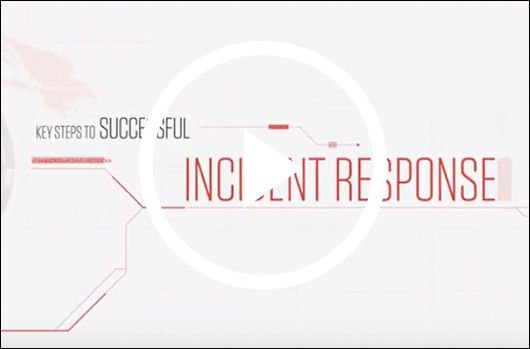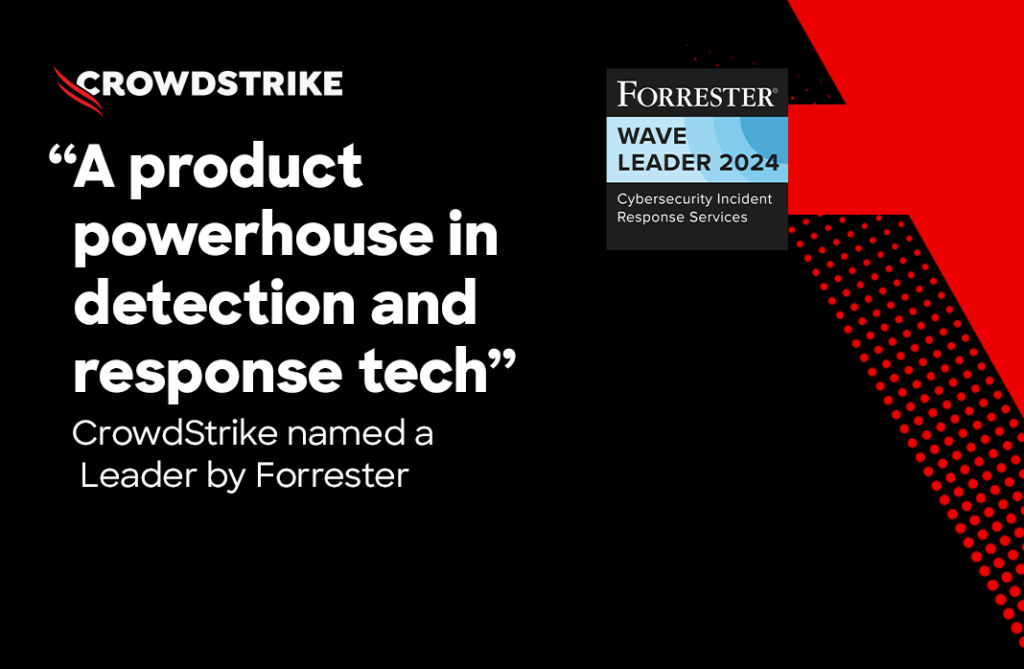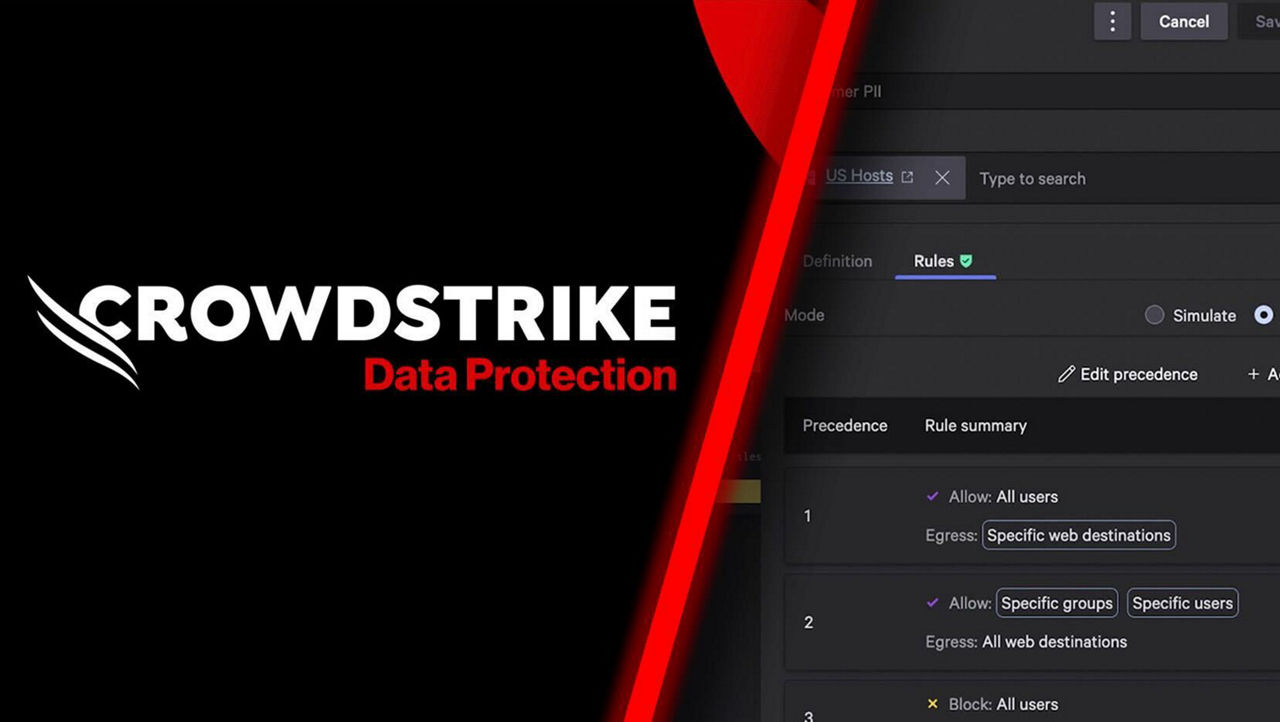The advent of cloud technology has revolutionized organizations’ data use and security practices. Cloud development has decentralized data management, with development and DevOps teams — and now business intelligence (BI) and AI teams — dispersing data across multiple cloud service providers, regions and applications. This decentralization has fueled the proliferation of shadow data and heightened the risk of unintentional data exposure.
To address this challenge, organizations are seeking solutions that can discover, classify and mitigate security and privacy risks associated with their dispersed data landscape. In this context, data security posture management (DSPM) emerges as a crucial tool in protecting data integrity and compliance in the cloud era. Evaluating DSPM solutions can be challenging, so here we address some key considerations to help you make an informed decision.
DSPM Should Be Part of a Unified Cloud Solution
Data security is increasingly becoming part of the trend of consolidating cloud security tools. Organizations aim to secure cloud-native applications and their underlying data across the development life cycle using a unified platform. Incorporating DSPM into a cloud-native application protection platform (CNAPP) offers several benefits, including comprehensive security coverage, enhanced data flow security and efficient alert management.
Questions to Ask:
- Does the DSPM solution integrate data risk with other cloud risks?
- Can it protect data as it moves across different environments?
- How does the DSPM solution help manage and prioritize security alerts to avoid alert fatigue?
- Does the DSPM solution enable comprehensive security coverage across all cloud-native applications?
- Does the unified solution include features like automated remediation and incident response?
Choose a DSPM Solution that Analyzes Data Throughout Its Life Cycle
Comprehensive data security requires analyzing data throughout its entire life cycle. Establish a DSPM solution that can monitor data at every state — at rest, in use and in motion. This allows you to uncover all data, including shadow data in unmanaged and unused datastores, and track data movements to third-party services.
A robust DSPM solution should implement data lineage mapping, providing a detailed understanding of the data’s journey, source, ownership and business context. This mapping offers valuable insights into data usage and potential risks, especially concerning sensitive data such as personally identifiable information (PII), payment card industry (PCI) information and protected health information (PHI). Comprehensive life cycle analysis helps identify unauthorized access, unusual data movements and potential vulnerabilities, thereby enhancing security.
Questions to Ask:
- Does the DSPM solution analyze data at rest, in use and in motion?
- Can it uncover shadow data in unmanaged and unused datastores?
- Does it trace the data life cycle with comprehensive data lineage mapping?
- Does it monitor data flow across all systems, including third-party services?
- Can it identify unauthorized access and unusual data movements?
- Does it detect and mitigate risks in real time?
Understand How Data in Motion Is Analyzed
Analyzing data in motion is a critical capability for any DSPM solution. Traditional data-at-rest solutions fall short in modern architectures, where data flows through numerous applications, third-party vendors, cloud providers and shadow databases. Capturing this dynamic flow with static snapshots is impractical.
When evaluating how a DSPM solution analyzes data in motion, ensure it performs data flow analysis based on actual data parsing, not just logs. Log data is typically limited and may not capture all data movements, often leaving security teams guessing the nature of the transferred data. Logs can show communication between assets but provide no details on the data exchanged, creating significant security gaps.
Payload data analysis, on the other hand, offers a complete understanding of where sensitive data flows. This method avoids the pitfalls of relying on incomplete or potentially misleading log data. With payload analysis, you can detect abnormal user behavior, access patterns and data movement in real time, which may indicate potential insider threats or external attacks. Payload analysis provides real-time alerts and actionable insights, allowing you to quickly respond to emerging risks and prevent breaches before they occur. To ensure a thorough understanding of data usage and potential risks, ask DSPM vendors if their data flow mapping is based on real-time payload analysis rather than solely on log parsing.
Questions to Ask:
- Is the DSPM solution’s data flow mapping based on real-time payload analysis or just logs?
- How does the DSPM solution handle data flows through multiple applications and third-party vendors?
- Can the DSPM solution trace data as it moves across cloud providers and shadow databases?
- Does the DSPM solution analyze data usage patterns to identify potential risks?
- What methods does the DSPM solution use to provide detailed insights into the nature of the data exchanged?
- How does the DSPM solution ensure it captures all data movements to prevent security gaps?
- How does the DSPM solution provide real-time alerts and actionable insights to mitigate data security threats?
Know Where the Data Is Analyzed
The DSPM solution should analyze data within the customer’s environment to protect sensitive information and classify it locally without moving it, thereby reducing breach risks. This approach ensures sensitive data remains under the customer’s control and is not exposed to external threats during analysis. In-place data analysis minimizes the chances of data leaks and enhances security by keeping the data within its original environment.
For effective data classification, a DSPM solution should categorize data locally, avoiding unnecessary data transfers. This practice helps minimize the dangers of data breaches and better safeguards sensitive information. Using both manual and automated classification methods ensures data — especially PII, PCI information and PHI — is accurately classified, providing thorough coverage for sensitive data and ensuring comprehensive protection.
Questions to Ask:
- Does the DSPM solution analyze data within your environment?
- Does it classify data in place without moving it?
- Does it use both manual and automated classification?
- How does the DSPM solution ensure the security of sensitive data during analysis?
- Can the DSPM solution provide detailed reports on data classification and location?
- How does the DSPM solution handle data stored in hybrid or multi-cloud environments?
In the rapidly evolving landscape of cloud technology and decentralized data management, selecting the right DSPM solution is paramount to safeguarding sensitive information and maintaining compliance. By asking these crucial questions during your evaluation process, you can ensure your chosen DSPM solution meets current security needs and aligns with future scalability and integration requirements.
From analyzing data across its life cycle and in motion to ensuring localized data analysis and integration within a unified cloud security framework, these considerations will guide you toward a solution that offers comprehensive protection and peace of mind.
Additional Resources
- Read the press release about the CrowdStrike acquisition of Flow Security.
- Learn more about CrowdStrike Falcon® Cloud Security’s DSPM capabilities.
- See why Forrester named CrowdStrike a Leader in The Forrester Wave™: Cloud Workload Security, Q1 2024.
- Get a free Cloud Security Health Check and experience Falcon Cloud Security in action for yourself.





![Helping Non-Security Stakeholders Understand ATT&CK in 10 Minutes or Less [VIDEO]](https://assets.crowdstrike.com/is/image/crowdstrikeinc/video-ATTCK2-1)
![Qatar’s Commercial Bank Chooses CrowdStrike Falcon®: A Partnership Based on Trust [VIDEO]](https://assets.crowdstrike.com/is/image/crowdstrikeinc/Edward-Gonam-Qatar-Blog2-1)













































